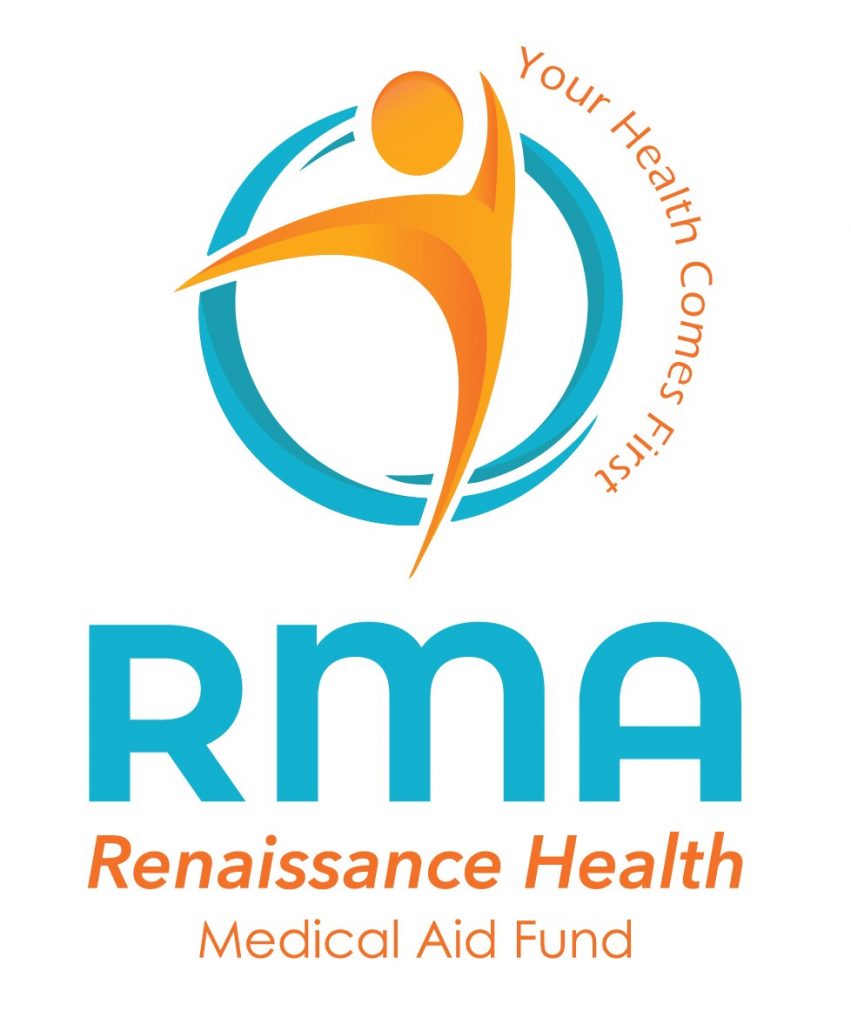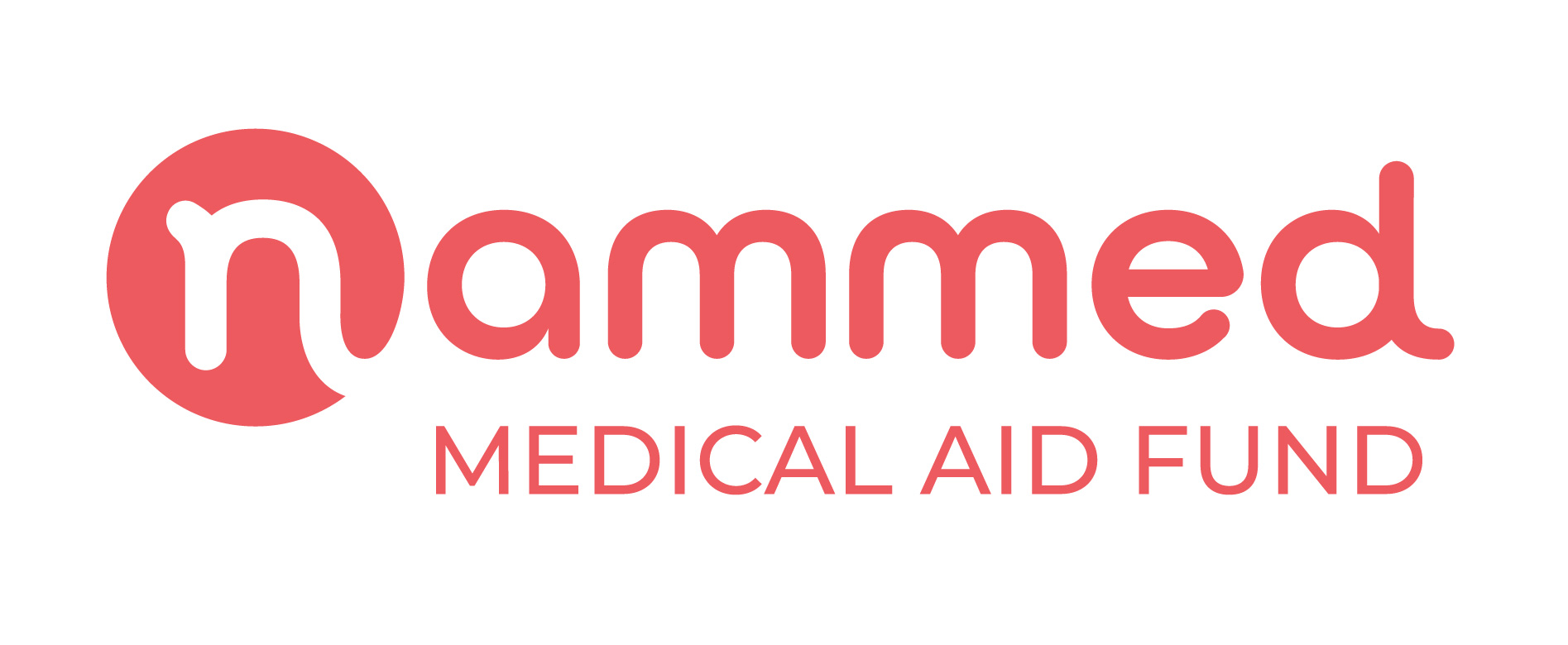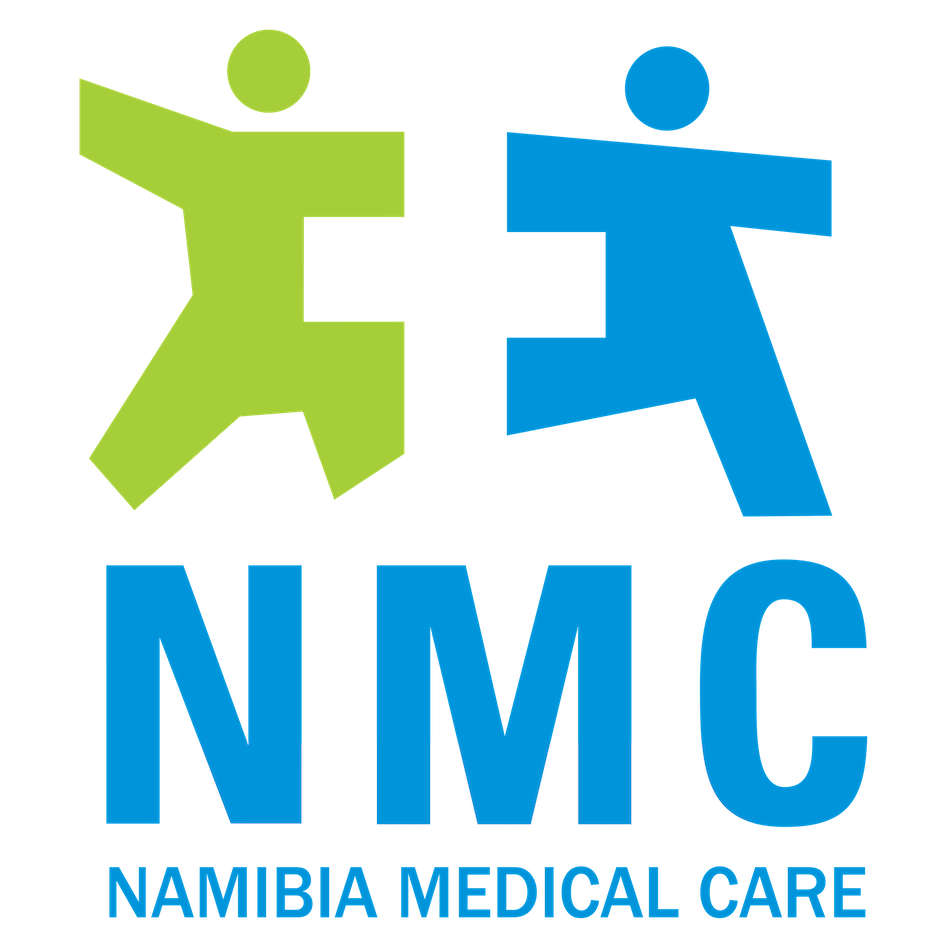Welcome To NAMAF
Taking Hands in Namibia's Healthcare
The Namibian Association of Medical Aid Funds (NAMAF) is a juristic body, established in terms of the Medical Aid Funds Act, 1995 (Act 23 of 1995) to control, promote, encourage and co-ordinate the establishment, development and functioning of Medical Aid Funds in Namibia.
Who we are
The Namibian Association of Medical Aid Funds (NAMAF) is a juristic body, established in terms of the Medical Aid Funds Act, 1995 (Act 23 of 1995) to control, promote, encourage and co-ordinate the establishment, development and functioning of Medical Aid Funds in Namibia.

To be a recognised leader in the provision of a conducive environment for a sustainable private healthcare funding industry.
To enable the optimum functionality of the Namibian healthcare industry to maximise value for beneficiaries of medical aid funds.

In case you need assistance Call: +264-61-257211 or 257212
Namaf provides Clinical Governance through:

In accordance with regulation 5(1) of the regulations made under the Medical Aid Funds Act, Namaf issues practice numbers (PNs) to healthcare providers.
Practice numbers are a means of identifying healthcare providers and are linked to a scope of practice, which in turn links to procedure codes specific to the scope.
Coding structures are used in the healthcare industry to facilitate the description and billing of health events.
2.1. Diagnostic Codes
The International Classification of Diseases and Related Health Problems (ICD), developed by the World Health Organization, is the international standard for facilitating and organising the communication of a diagnosis of a patient’s condition. Among other things, the ICD coding structure is used to translate diagnoses of diseases and other health information into an alphanumeric code, which allows storage, retrieval, and analysis of the data
2.2. Procedure Codes
Procedure codes translate medical treatments and procedures into numbers. In Namibia, the internationally accepted CPT® (Current Procedural Terminology) code structure, originally developed by the American Medical Association (AMA), is referenced during the development and maintenance processes that apply to the procedure coding systems used by Namaf.
2.2.1. Billing guidelines and rules
Billing guidelines and rules are integral to the Namaf procedure coding structure. They are standards for correct application and usage for the procedure coding structure.
2.2.1. Benchmark Tariffs
2.3. Codes for ethical, surgical, and consumable products
The National Pharmaceutical Product Index (NAPPI) codes used in South Africa identify and classify ethical (e.g., medicines), surgical (e.g., prostheses, surgical instruments), and consumable (e.g., gloves, syringes) medical products.
NAPPI codes enable the electronic transfer of information throughout the healthcare delivery chain. Service providers and MAFs can identify items and medicines used in the course of a patient’s treatment and the prices of these items and medicines by using the NAPPI codes.
Key Activities
The object of Namaf, in terms of Section 10 (3) of the Medical Aid Funds Act, is to promote, coordinate, control and encourage the establishment, development and functioning of the medical aid funds in the country. To this end, Namaf issues practice numbers, which are legally required for any medial service provider who wishes to claim directly from medical aid funds. Namaf also publishes procedure codes billing rules and guidelines which serve as the common mode of communication between medical aid funds and medical service providers when it comes to the submission of claims and the processing and assessment of those claims.

Develop, create & maintain procedure codes, billing rules and guidelines with associated benchmark tariffs
PCNS: - Registration and renewal
Coding Training
Data analysis and reporting
- Industry trends
- Specific investigations
Stakeholders engagement
- Policy makers (MOF/MOH)
- Regulators Namfisa etc.
- Provider groups and individuals
Key Partners
Key Partners
Click to visit website for more information
What we offer
Lorem ipsum dolor sit amet, consectetur adipiscing elit. Ut elit tellus, luctus nec ullamcorper mattis, pulvinar dapibus leo.

Medical Aid Funds (MVA and SSC)
Services: PCNS management, data provision, reporting, forums, legal services, clinical services, consulting, training, communication, coding guidelines/ tariffs, risk management, handling complaints, and policy development.

Service Providers
Services: PCN system management, registration control, billing guidelines, forums, coding support, risk management, model development, tariff increases, training and handling of complaints.
Key Resources
Human Capital: CEO, expert coder (development, support and training), data analyst, clinical capacity, legal capacity, communication expert, project manager and admin support.
Infrastructure: Office space, provider database, data warehouse and software, reporting management system, customer relations (queries) system.

Partner Network
- BHF
- Consultants: Actuaries, Clinical and Coding
- Lawyers
- Auditors
- Clinical subject experts
- External information providers (e.g NSA)
- IT service providers
- HPCNA/Namfisa
- Registrar of hospital and health facilities
- AFHOZ
- Media
- World Health Organisation
Send us a message
Need assistance? Send us a direct message







